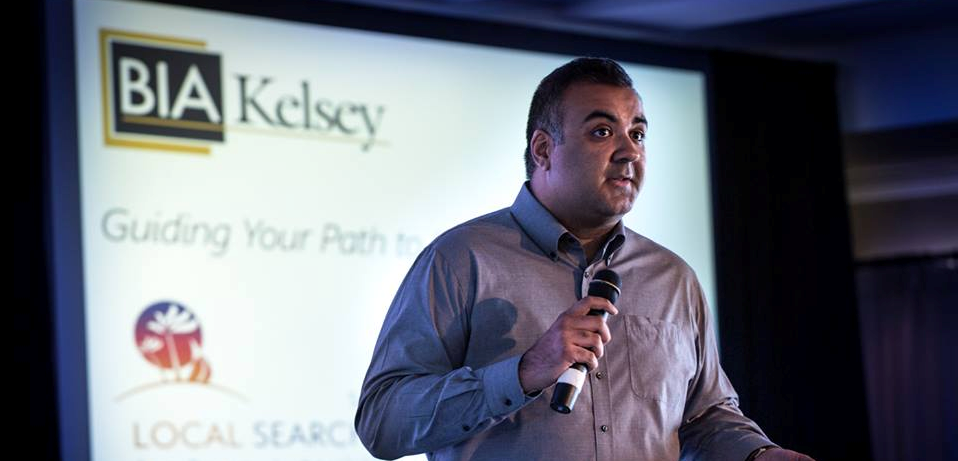
Search marketing has become mainstream. This has created more competition, which is a double edged sword: crowded bid marketplaces make it harder for SMBs to rank… but it also motivates evolved SEM tactics.
This is according to BIA/Kelsey Senior Director, Industry Strategy & Insight, Abid Chaudhry, who characterizes the current state of search marketing in YP’s new Influencer Series. Below is an excerpt from part I of his interview, and you can read the full dialogue here.
YP: Throughout your impressive career you have kept close watch on local marketing trends. What have been the most dramatic changes in search, specifically local search in recent years?
Abid Chaudhry: Over the past several years we’ve gone from a consolidated SEM approach (a one size fits all product) to one that’s more strategic, increasingly targeted to a specific industry, category or geographic location, specifically local.
As part of this evolution, a number of industry trends have influenced SEM in the local marketplace. The Top 3 include:
— Change in the number and type of buyers of local SEM
— Evolution of search engine results pages
— Growing influence of mobileFirst off, Local Search is now considered a mainstream option for brands. Just a few years ago local SEM was primarily the domain of SMBs as well as local & regional brands. Flexible and abundant inventory translated into efficient CPC (cost per click) and CPL (cost per lead) performance for marketers. In such an attractive environment, local search options worked especially well for higher cost services such as dentists, lawyers, contractors, local car dealerships, etc., as well as individual shop owners located in smaller markets and rural areas.
However, growth in local search does have its challenges. The increasing value and prominence of local search eventually attracted more (and larger) brands – competing for the same advertiser space. Increased competition has prompted many smaller marketers to ‘up their game,’ evolving local search strategies to attain ‘click & lead’ traction beyond what they planned, budgeted and achieved just a few years prior.
YP: Sounds like there’s a need (as well as opportunity) to further refine the local search marketing process, offering new targeting options, solutions, etc. for both large brands as well as SMBs.
AC: Absolutely. Thanks to continued innovation in the space from the likes of YP and others, local SEM has never been better at supporting SMBs as well as larger brands. That leads directly to the second trend in SEM, looking at output and the evolution of search query results.
We have all experienced, as both consumers and professionals, the wholesale shift from desktops and laptops to mobile and other handheld devices. Following this trend, Google and other search players now optimize output specifically for mobile, making results more amenable to smaller screen sizes as well as users’ personalized expectations.
Search engine results pages via mobile are typically more dynamic and somewhat less predictable of where and how advertising results will appear on the page. This alters the game a bit between organic versus paid search. Though organic SEO is still a somewhat involved process, requiring some level of manual support (man hours, keyword mgmt., etc.), it has come back in vogue, albeit much more intertwined with paid search programs.
Today, to meet the demands of more dynamic results pages, a cogent and integrated organic plus paid search approach typically offers more successful lead strategies than paid search alone.
YP: Considering stated trend #3 (mobile), I have a feeling you have more to share about mobile’s role in local search beyond changes in query results.
AC: It’s crucial for advertisers, no matter the size, to be where customers are actually looking, even inside the home. For example – if a homeowner’s basement is flooding, they are likely using a mobile device versus going on a stationary desktop to find a plumber. Makes sense for this sort of advertiser to focus squarely on mobile versus desktop.


This Post Has 0 Comments